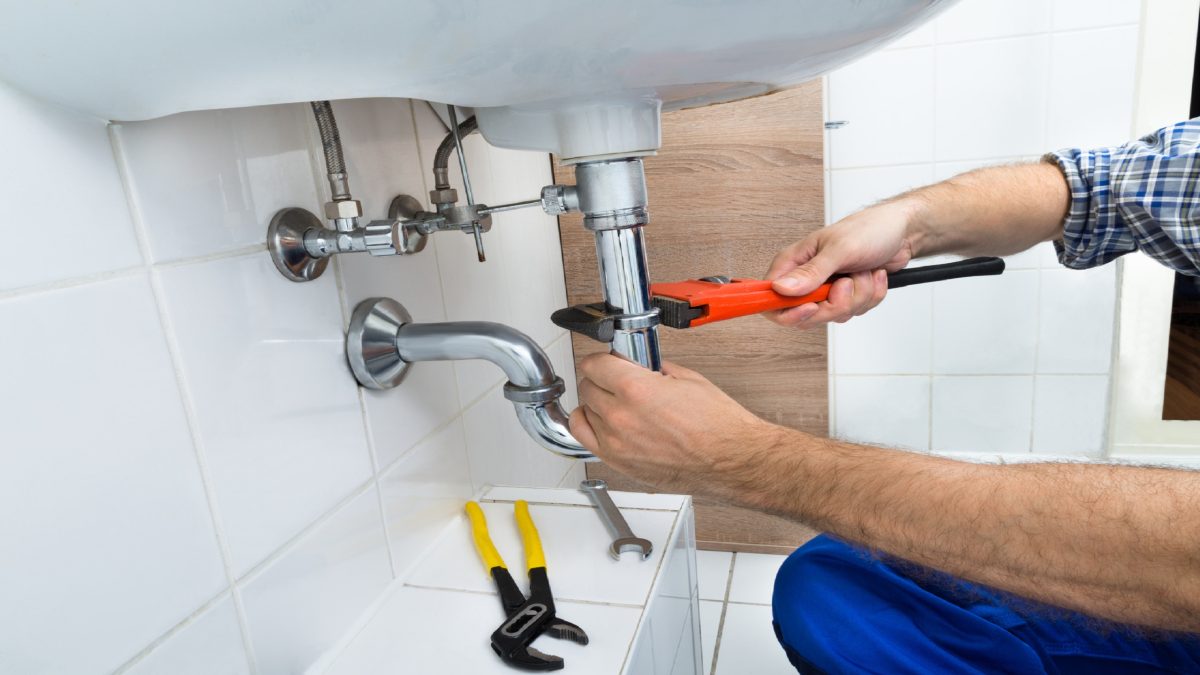
Clogged bathroom sinks are a common occurrence among homeowners and renters. If you notice the sink is draining slowly, this is normally a good chance it’s clogged with hair. Many may try to unclog the sink themselves, but if unsuccessful calling a local plumber will give you longer-lasting results. Here are five of the most effective ways to unclog hair from a bathroom sink:
-
Use a Chemical Drain Opener
One of the most common and popular ways to unclog hair from a bathroom sink is to use a chemical drain opener called Drano. If you want to unclog the drain yourself, you need to remove all hair and then pour Drano down your drain. This product can be purchased for as little as $5 at most hardware stores or supermarkets. Please keep in mind that plumbers have higher-quality drain openers that can clear up the deepest clogs.
-
Call a Local Plumber
When you attempt to unclog hair from your bathroom sink using a plunger, there is a very good chance that you will leave hair behind, or there could be another underlying issue that is causing the clog. If the clog is deep, this may cause damage to the plumbing system. Calling a professional plumber who has commercial-grade tools will get the problem cleared right away without any mess!
-
Mix Baking Soda and Vinegar
If you have a clogged sink and don’t want to use chemicals, just mix together baking soda with boiling water. First, pour a gallon of boiling water down your sink, then place ½ a cup of baking soda into the drain, followed by 1 cup each vinegar or cider vinegar and boiling water. Pour the mixture on top of the baking powder. The solution will begin to bubble and slowly start to drain into the sink. If possible, let this set overnight, since the solution will outline any stain/clogs which may exist within the pipes without damaging them. The following morning flushes the sink with hot water to get rid of any residue.
-
Buy a Pipe Snake
Pipe snakes are available at nearly every hardware store or supermarket, they are a cheap and easy way to clear a clogged drains. You need to make sure not to use steel ones in the plumbing systems unless directed by a professional, as iron may cause damage over time. However, these pipe snakes can be difficult to use for someone who doesn’t know how. Most pipe snakes are at least 18” long with thorny edges that will that hook onto hair as you lower and raise the pipe snake into the drain. Plumbers often use longer versions of these tools, they are able to use at different angles in order to get rid of stubborn blockages with ease!
Check out this article for some additional ideas!
5 Natural Ways to Unclog a Bathroom Sink
- Turn off the water, clean out everything underneath the sink, position a bucket for excess water, and close the stopper completely.
- The next thing you need to do is remove the stopper in the bathroom sink. To do this, get under the sink and release the stopper by squeezing the spring clip to remove the pivot rod from the clevis strap. Once the pivot rod is removed from the clevis strap, the stopper should pop right up and out of your sink.
- This is where is gets gross, so make sure you have your rubber gloves on. With the stopper loosened, you can pull it out of the sink drain. This is where you need to clean the stopper mechanism of all dirt, hair, and debris. Do NOT turn on your bathroom sink to do this! If you need water, use a different sink to clean the stopper. Bleach and rubbing alcohol should help.
- After cleaning the stop-up mechanism, you will want to grab your wire hanger and bend it into a shape that will help you hook globs of hair and gunk. Think the shape a backscratcher or fishing hook. Once you have the right shape, lower the hook into the drain and once you feel a blockage, start twisting and moving the hanger to catch as much gunk as you can.
- Try to remove as much gunk as you can with the wire hanger. You can also use an old toothbrush to help clean the interior sides of the pipe. Some hair and gunk may also be able to be pulled out through the opening where the pivot rod was removed.
- If you think that there is a big clog in the P-bend of the pipe, where you can’t get to with the hanger, then you may need to unscrew the P-bend section of the pipe. This may or may not be necessary, depending on the seriousness of the clog.
- Put everything back together again. Run some hot water down the drain to test the results of all your hard work. After reassembling all of the pieces, while you are down there, inspect everything for leaks and corrosion.
Here https://happyhiller.com/blog/5-natural-ways-unclog-bathroom-sink/
Source: https://barrypeterson0.blogspot.com/2022/08/five-effective-ways-to-unclog-hair-from.html








